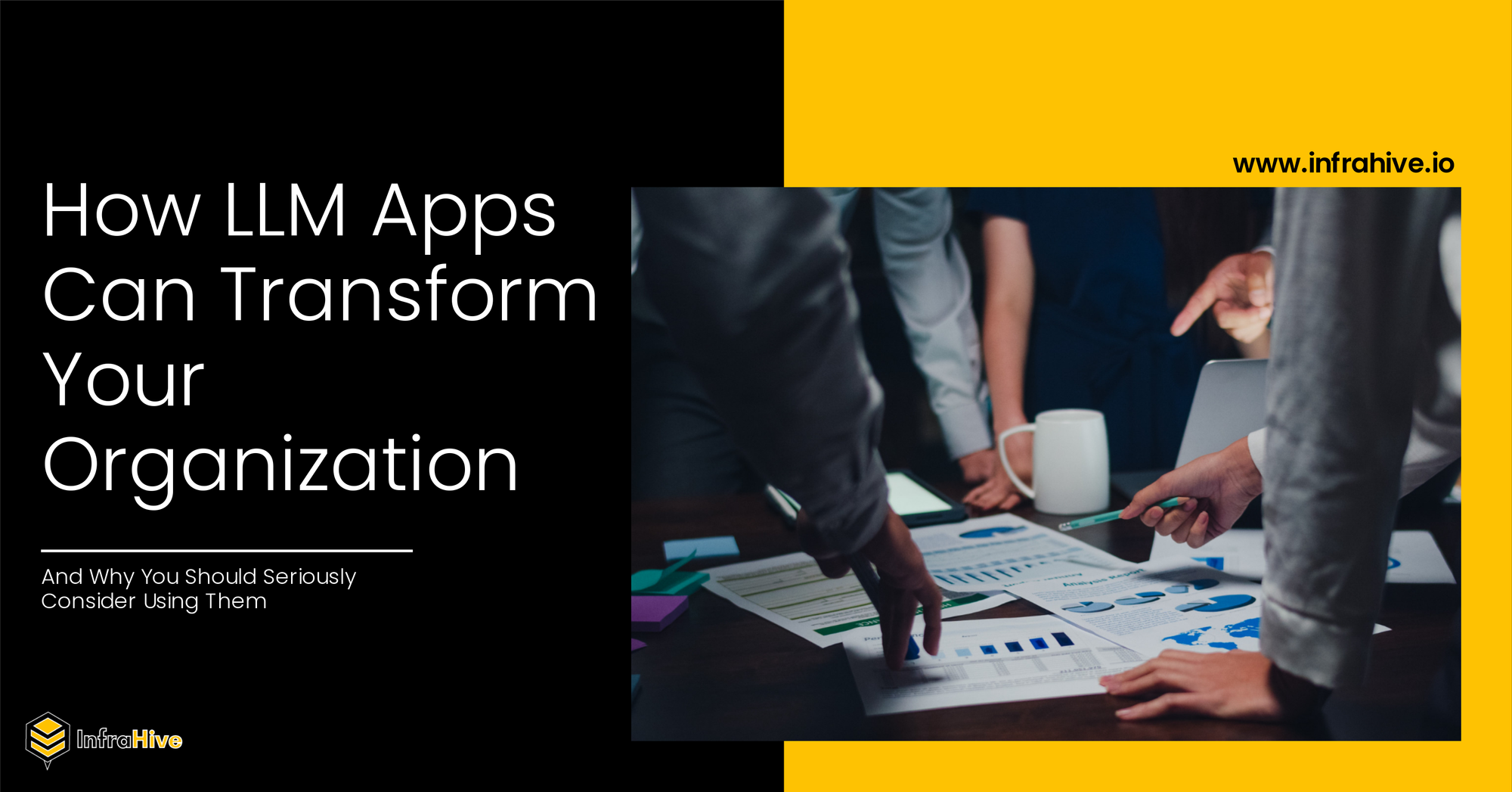How LLM Apps Can Transform Your Organization - Should You Consider Them?
Discover the untapped potential of LLM apps and Segment Retrieval techniques to revolutionize your organization. Explore why adoption is slow and why it's time to embrace this transformative technology.

In today's business landscape, the rise of Large Language Models (LLMs) and the apps built upon them have to potential to transform the way organizations operate. While the potential for LLMs to empower organizations is immense, their adoption has been slower than anticipated. In this blog, we will explore why organizations should consider embracing LLM apps and understand the key factors contributing to the slower pace of adoption.
Why LLM Apps?
LLMs and Gen AI are expected to bring about more significant changes to businesses than even the internet or mobile technology revolutions. Employees across different departments have one common desire: using Custom Apps to interact with internal company data, depending on their roles. Developers seek answers about code, marketers need data insights, and business development executives require real-time information about the business's performance and metrics. LLM apps have the potential to fulfill these diverse needs.
Overcoming the Data Challenge:
The first step in creating an LLM application for your organization is to connect your various data sources, such as internal wikis, your files, contracts, databases, you name it. This may sound straightforward, but in practice, it's anything but. It requires expertise to process all this data from documents that comes in multiple formats, complete with figures, tables, and data in various structures. Extracting meaningful information from these sources is no small feat. And that makes data pre-processing a super necessary step. LLMs, especially when powered with the right data processing techniques and data extraction, make them quite beneficial.
Retrieval Augmented Generation (RAG): A Game-Changing Process:
The crux of creating an AI brain for your organization lies in the concept of Segment Retrieval and RAG. It's a two-step transformation, involving a document retriever or vector database and an LLM to generate the final response. Let's take a closer look at the essential components:
Vector Databases: These specialized databases efficiently store and manage vector data, crucial for the retrieval of segments.
Data Retrieval: The initial step involves retrieving relevant documents or data from a corpus to address a given query. Vector databases enable the efficient retrieval of semantically or contextually related documents.
Prompt Augmentation: Retrieved documents enhance the context of the query, guiding the text generation process. This augmentation, powered by data from vector databases, provides essential context.
Grounding of Language Models: Ensuring the generated text is factual and relevant is a primary challenge in language model generation. These techniques use vector databases and knowledge graphs to ground language models in factual data, boosting the accuracy and relevance of the generated text.
Reducing Hallucinations: Minimizing the generation of inaccurate or fabricated information is crucial. The integration of vector databases effectively reduces hallucinations, again, enhancing the reliability of generated text.
The Urgent Case for LLM App Adoption:
The utilization of vector databases significantly expands the model's ability to access and leverage knowledge it hasn't been explicitly trained on. This empowers organizations to provide more accurate, informative, and contextually relevant responses.
Conclusion: Why You Should Act Now
In a world where data is a key asset, the adoption of LLM apps is no longer a luxury but a necessity. While their adoption has been slow, the transformative potential of AI and LLMs cannot be overlooked. These tools offer organizations the means to interact with their complex data intelligently, can boost their decision-making, productivity, and overall business performance.
For forward-thinking organizations, the time to seriously consider using LLM apps is now. The power to transform your organization, empower your employees, and unlock new opportunities is at your fingertips now, more than ever. As the slow pace of adoption gradually fades, those who embrace this transformation will undoubtedly lead the way in the ever evolving landscape of business.
You can check out our amazing Data science and LLM development platform: InfraHive.

